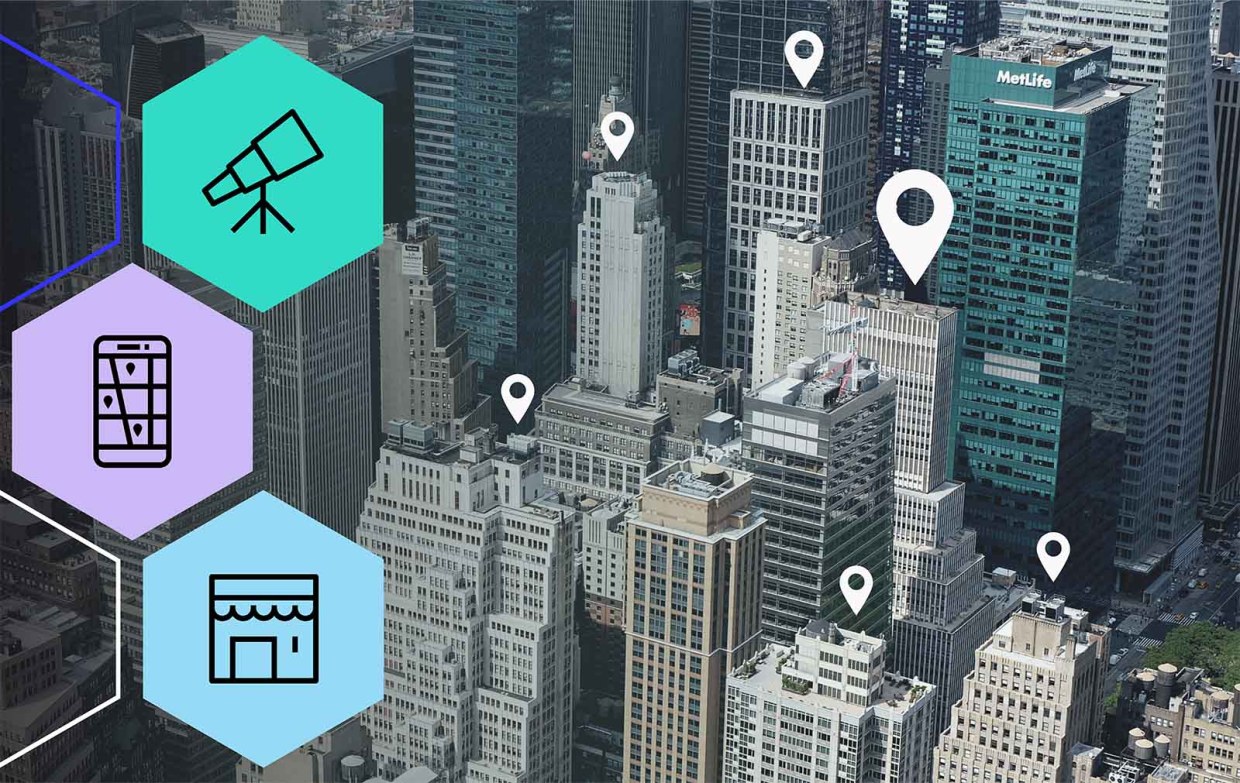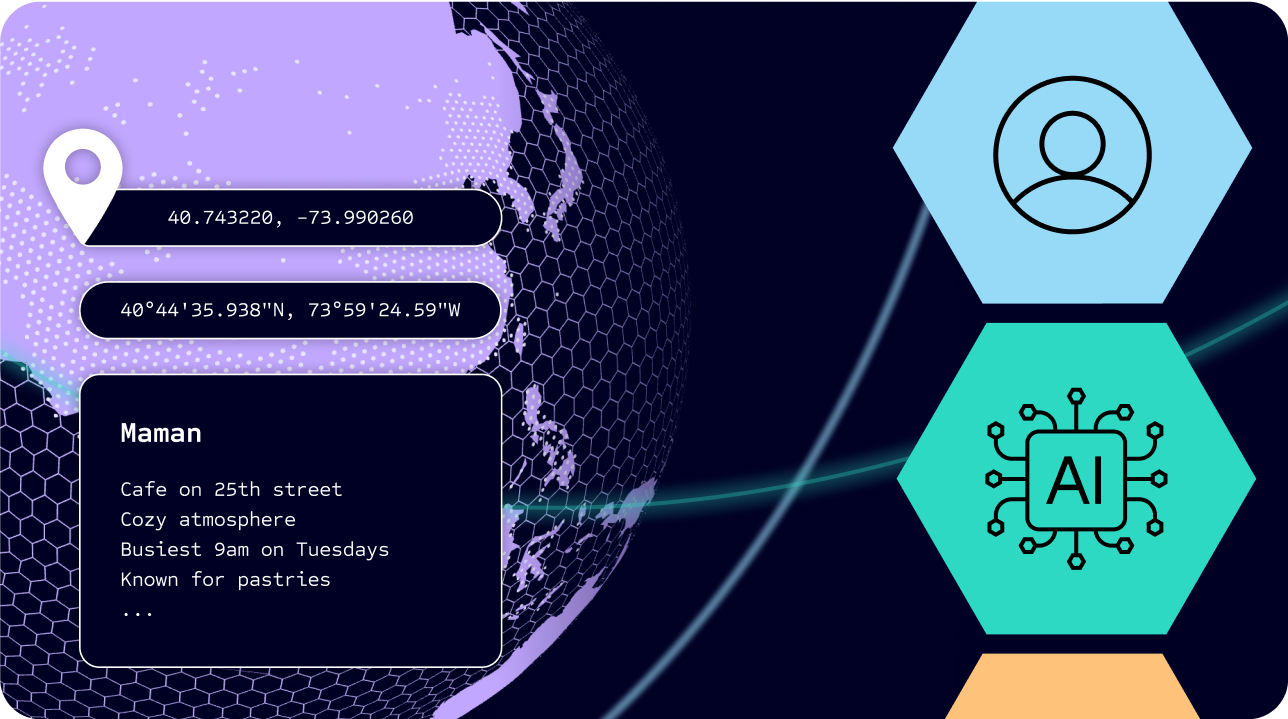In today’s world of big tech and always-on digital connection, the use of location data is emerging as a transformative tactic with cross-industry use cases and far-reaching benefits. Whether it’s helping extend the reach of a brand, enhancing personalized user experiences, informing urban planning or optimizing business operations, the applications of location intelligence are powerful and likely to benefit your business.
As the cosmopolitan landscape grows increasingly virtual, the ability to leverage and understand information about places and the way people interact with them is essential in the strategic decision-making process.
Location technology is deeply versatile because of its many applications easily applied across other sectors. Here’s an exploration of just a few of these use cases:
- Retail: A challenging feat, stores are consistently looking to better understand the customer journey. Attribution is a marketing solution that allows retailers to maximize the impact of their advertising dollars through a holistic view of the consumer journey using sophisticated methodology. By directly tying ad spend to online and offline conversions, brands can optimize campaigns in flight and inform future planning.
The Scenario: Imagine a marketing campaign by one clothing store chain that is tailored towards individuals that shop at its biggest competitor. Using location data, the clothing store can target devices seen at its competitors’ locations and influence them to visit their own stores. A few weeks in, if ads are not boosting foot-traffic to the clothing store, it could adjust the campaign to neighborhoods where other “like” shops and clientele are situated. Location data helps retailers make smarter decisions in real-time to maximize advertising impact. - Quick Service Restaurants (QSR): The QSR landscape is constantly in flux, with movers and shakers always looking to gain an edge over their closest competitor. To understand a new market when strategically expanding, businesses must look to trade area analysis, which lies at the core of site selection and is the study of the area surrounding your point of interest (POI). QSRs require accurate, up-to-date location intelligence to make the most informed and efficient site selection decisions.
The Scenario: A fast food chain is looking to identify where to plot its next location and wants to look at the surrounding neighborhoods to its current venue. By conducting a trade area analysis with robust, quality location intelligence, the chain will understand the volume of other businesses already located in the sought after vicinity, potential competitors, accessibility, demographic data, plus other points of interest to get a clear picture of what an existing market may look like. - Finance: Financial institutions (i.e. banks) carry a wealth of consumer data by nature of their business, especially when it comes to transactions. By leveraging location data, a business in the finance vertical will bolster their data enrichment efforts by verifying geolocation details and layering in key information such as address, phone numbers, and business category.
The Scenario: A bank is looking to analyze the shopping habits of its customers to better its rewards program. By leveraging location intelligence, the bank will be able to more clearly recognize the context for their purchases, like what type of environment they prefer to shop in or the category of business they most frequent. - Real Estate: Many companies are reevaluating their physical footprint in a post-pandemic world. Location intelligence is stepping in as a tool that helps both employers and real estate firms to determine where an office should be located. It also helps to illustrate where facilities and other must-have neighborhood attributes are in the direct vicinity when paired with visualization.
The Scenario: A corporation is looking to downsize their office given their hybrid return-to-work approach and wants to consider nearby amenities and local traffic as two key factors in their final decision. This corporation should turn to location intelligence – and specifically GIS (Geographic Information Systems) visualizations – for a comprehensive understanding of the local hotspots and the way people move about the area to make this strategic investment. - Government: Disaster planning is an essential component to many government agencies, and something that requires quality and precision from a location intelligence provider. Whether preparing evacuation plans based on historical flooding or identifying neighborhoods most likely at risk during hurricane season, location data is a critical tool to any strategy.
The Scenario: A government entity is hoping to develop a plan to execute in the event of a wildfire. In looking at location data and weather patterns, the entity can see which areas of a county are being most affected by the fire and make important decisions on how to prioritize distribution of crucial resources like water and food.
The landscape is growing increasingly digital and with it, industries are realizing the possibilities for innovation, efficiency and improved decision-making that are found within location intelligence.
Connect with Foursquare to learn how your business can harness the full power of location technology.
Reviewed By: Michele Morelli



